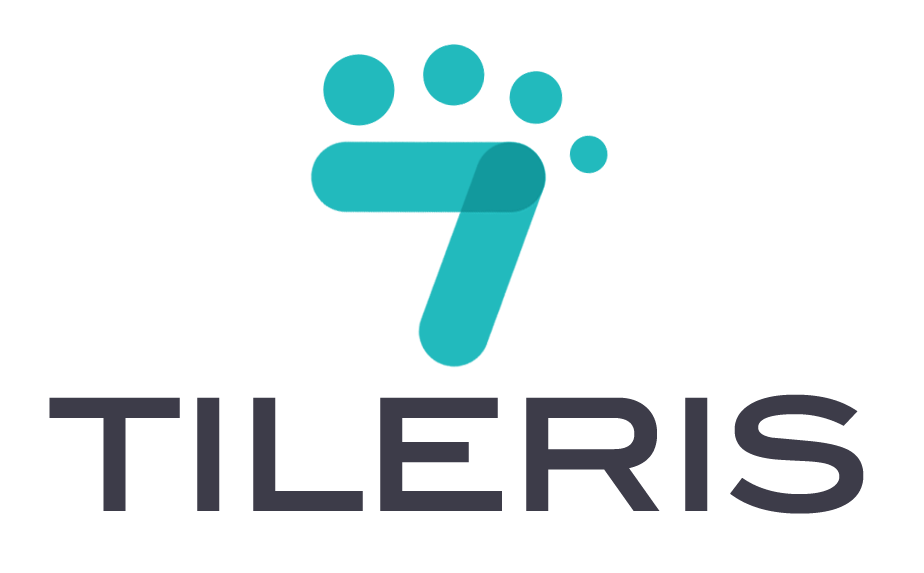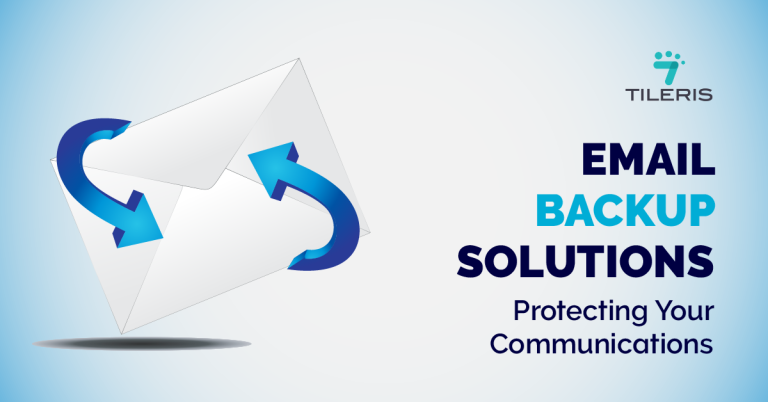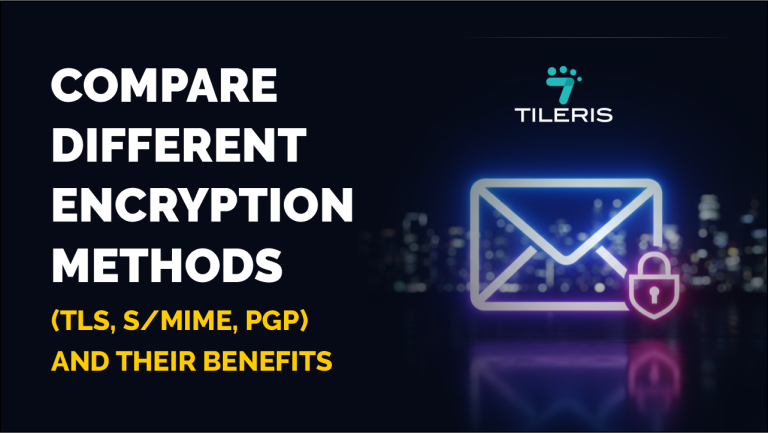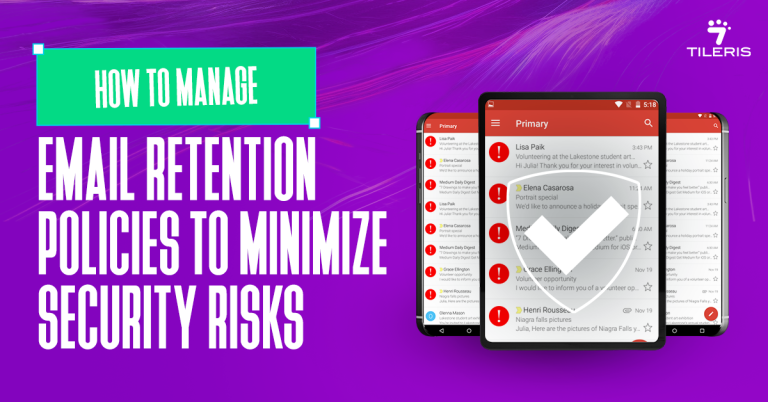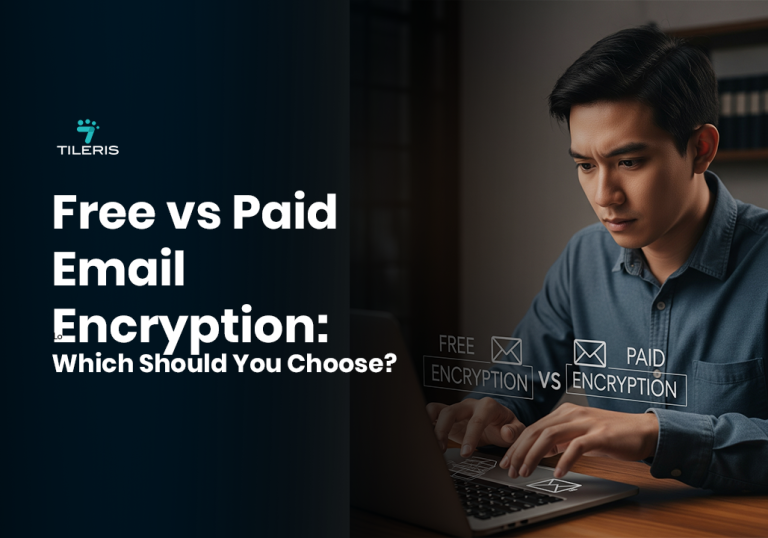Identity And Access Management: Complete Beginners Guide
Introduction
In today’s digital landscape, where organizations operate across complex networks, cloud environments, and countless applications, managing who can access what, and when, has become a monumental task. This is where Identity and Access Management (IAM) steps in. More than just managing usernames and passwords, IAM is a critical cybersecurity framework that provides the foundational structure for securing digital identities and controlling access to vital resources. Without a robust IAM strategy, businesses face heightened risks of data breaches, compliance failures, and operational inefficiencies. This guide will demystify IAM, offering a complete beginner’s overview of its core concepts, benefits, key components, and essential best practices.
What is Identity and Access Management?
Identity and Access Management (IAM) is a framework of policies, processes, and technologies that enables organizations to manage digital identities and control user access to resources. Its primary purpose is to ensure that only authenticated and authorized individuals (or entities like devices and applications) can access specific information, systems, and applications at the right time and for the right reasons.
The core of IAM revolves around three fundamental concepts:
- Identification: This is the process of establishing a unique digital identity for each user, device, or service. It involves collecting and storing information about who or what is requesting access (e.g., username, employee ID, device ID).
- Authentication: Once identified, authentication is the process of verifying that the user is indeed who they claim to be. This is typically done by requiring credentials such as passwords, biometric data (fingerprints, facial recognition), or security tokens. It’s the “proof” step.
- Authorization: After successful authentication, authorization determines what specific resources a verified user is permitted to access and what actions they can perform within those resources. This involves assigning specific rights and permissions based on their role, job function, or other attributes. It’s the “permission” step.
Benefits of Identity and Access Management
Implementing a strong IAM strategy yields significant benefits across an organization, impacting security, risk management, and operational efficiency.
- Improved Security: IAM strengthens your overall security posture by enforcing stringent controls over who can access your systems and data. By implementing strong authentication methods (like multi-factor authentication) and granular access controls, IAM significantly reduces the risk of unauthorized access, account compromise, and insider threats.
- Reduced Risk of Data Breaches: Many data breaches stem from compromised credentials or excessive access privileges. IAM mitigates this risk by ensuring that users only have the access they absolutely need (Principle of Least Privilege) and by quickly revoking access for departing employees or those changing roles. Centralized management also provides better visibility into access patterns, making it easier to detect and respond to suspicious activity.
Enhanced Compliance: A robust IAM system is crucial for meeting various regulatory requirements and industry standards (e.g., GDPR, HIPAA, PCI DSS, SOX). IAM provides audit trails of user activity and access permissions, making it easier to demonstrate compliance during audits and avoid costly penalties. It ensures that data privacy and security regulations are consistently enforced.
Key Components of IAM
While identification, authentication, and authorization are the core functions, a comprehensive IAM system involves several integrated components working together.
- Identity Governance: This component focuses on the lifecycle management of digital identities and their associated access rights. It involves defining policies, managing user provisioning (granting access to new users), de-provisioning (revoking access for departing users), and re-certification (regularly reviewing and validating existing access permissions). It ensures that identities are managed consistently and compliantly throughout their lifecycle.
- Access Management: This is the operational side of controlling who accesses what. It involves enforcing authentication and authorization policies. Key aspects include:
- Single Sign-On (SSO): Allowing users to authenticate once to gain access to multiple applications and services.
- Federated Identity: Enabling users to access resources across different organizations using their existing credentials (e.g., logging into a third-party app with your Google account).
- Privileged Access Management (PAM): Specifically managing and securing highly sensitive “privileged” accounts (like administrator accounts) that have extensive access to critical systems.
- Authentication and Authorization: As discussed, these are the foundational pillars.
- Authentication mechanisms include passwords, biometrics, hardware tokens, and multi-factor authentication (MFA).
- Authorization is often implemented through Role-Based Access Control (RBAC), where permissions are assigned to roles (e.g., “HR Manager,” “Developer”), and users are assigned to those roles. More advanced systems use Attribute-Based Access Control (ABAC), which grants access based on a combination of attributes of the user, resource, and environment.
IAM Best Practices
Effective IAM implementation goes beyond just deploying technology; it requires adhering to best practices that integrate security into daily operations.
- Implementing Strong Passwords and Multi-Factor Authentication (MFA): Passwords alone are no longer sufficient. Enforce strong password policies (complexity, length, regular changes) and mandate MFA for all users, especially for privileged accounts. MFA adds an extra layer of security by requiring a second verification method (e.g., a code from a phone app, a fingerprint).
- Using Role-Based Access Control (RBAC): Instead of assigning permissions individually to each user, define roles with specific access rights and then assign users to those roles. This simplifies management, reduces errors, and ensures consistency. Implement the Principle of Least Privilege (PoLP), granting users only the minimum access necessary to perform their job functions.
- Regularly Reviewing and Updating Access Permissions: User roles and responsibilities change, and access needs evolve. Conduct periodic audits of user access rights to ensure they are still appropriate and necessary. Promptly de-provision access for terminated employees and adjust permissions for those changing roles.
- Adopt a Zero-Trust Model: “Never trust, always verify.” A Zero-Trust approach treats every access request as potentially malicious, regardless of whether it originates inside or outside the network. It requires continuous verification of every user and device before granting access to resources.
- Automate User Provisioning and Deprovisioning: Manual processes are prone to errors and delays. Automate the creation, modification, and deletion of user accounts and their associated permissions, often by integrating IAM systems with HR systems.
IAM Solutions and Technologies
The market offers a wide array of IAM solutions and technologies to help organizations implement these practices.
- Identity Management Software/Platforms: These comprehensive solutions provide centralized directories for user identities, tools for provisioning and de-provisioning, and capabilities for managing user lifecycles. They often integrate with various applications and systems across an enterprise.
- Single Sign-On (SSO) Solutions: SSO allows users to log in once with a single set of credentials to access multiple applications. This improves user experience, reduces “password fatigue,” and enhances security by centralizing authentication.
- Multi-Factor Authentication (MFA) Solutions: These technologies provide the mechanisms for two-factor (2FA) or multi-factor authentication, such as authenticator apps, hardware tokens, biometrics, or SMS codes. They add crucial layers of security beyond just passwords.
- Privileged Access Management (PAM) Solutions: Specialized tools designed to secure, manage, and monitor privileged accounts, which are prime targets for attackers due to their extensive access.
- Identity Governance and Administration (IGA) Tools: These tools help organizations manage identity lifecycles, access requests, and compliance reporting more effectively, providing a holistic view of user entitlements.
Challenges and Limitations
Despite its immense benefits, implementing and managing IAM can come with its own set of challenges.
- Complexity and Cost: Deploying a comprehensive IAM solution, especially in large and complex organizations with diverse systems (on-premise and cloud), can be a significant undertaking. It often requires substantial upfront investment in software, hardware, and professional services, as well as ongoing maintenance costs.
- User Adoption and Resistance: New security measures, particularly those that change familiar login processes (like MFA or SSO for the first time), can sometimes be met with user resistance. Ensuring a balance between security and user experience is critical for successful adoption. Proper training and communication are essential.
- Evolving Security Threats: The cybersecurity landscape is constantly changing, with new attack vectors and sophisticated threats emerging regularly. IAM systems must be continuously updated, monitored, and adapted to stay ahead of these evolving risks, which requires ongoing vigilance and investment.
- Integration with Legacy Systems: Many organizations operate with older, “legacy” systems that may not easily integrate with modern IAM solutions. This can lead to complexities, manual workarounds, and potential security gaps.
- Permission Sprawl (Role Creep): Over time, as employees change roles or projects, they can accumulate excessive access permissions if not properly managed. This “permission sprawl” increases the attack surface and requires diligent, regular review processes.
Conclusion
Identity and Access Management (IAM) is more than just a security tool; it’s a strategic framework essential for safeguarding an organization’s digital assets in today’s interconnected world. By effectively managing digital identities and controlling access through identification, authentication, and authorization, IAM provides improved security, significantly reduces the risk of data breaches, and streamlines compliance efforts. While challenges such as complexity, cost, and user adoption exist, leveraging best practices like strong MFA, Role-Based Access Control, and regular access reviews, supported by modern IAM solutions, is paramount. Embracing effective IAM is not just about protection; it’s about enabling secure, efficient, and compliant operations that build trust and drive sustained growth.
Effective Identity and Access Management (IAM) is a cornerstone of robust cybersecurity, but it’s just one piece of the puzzle in today’s complex digital world. To fully empower your organization with a comprehensive defense strategy and secure all your digital assets, download our free Security Checklist at tileris.com today. And for any deeper cybersecurity concerns, from navigating complex IAM implementations to addressing specific vulnerabilities, remember that our experts are on hand to provide dedicated support and consultation for your unique needs.
